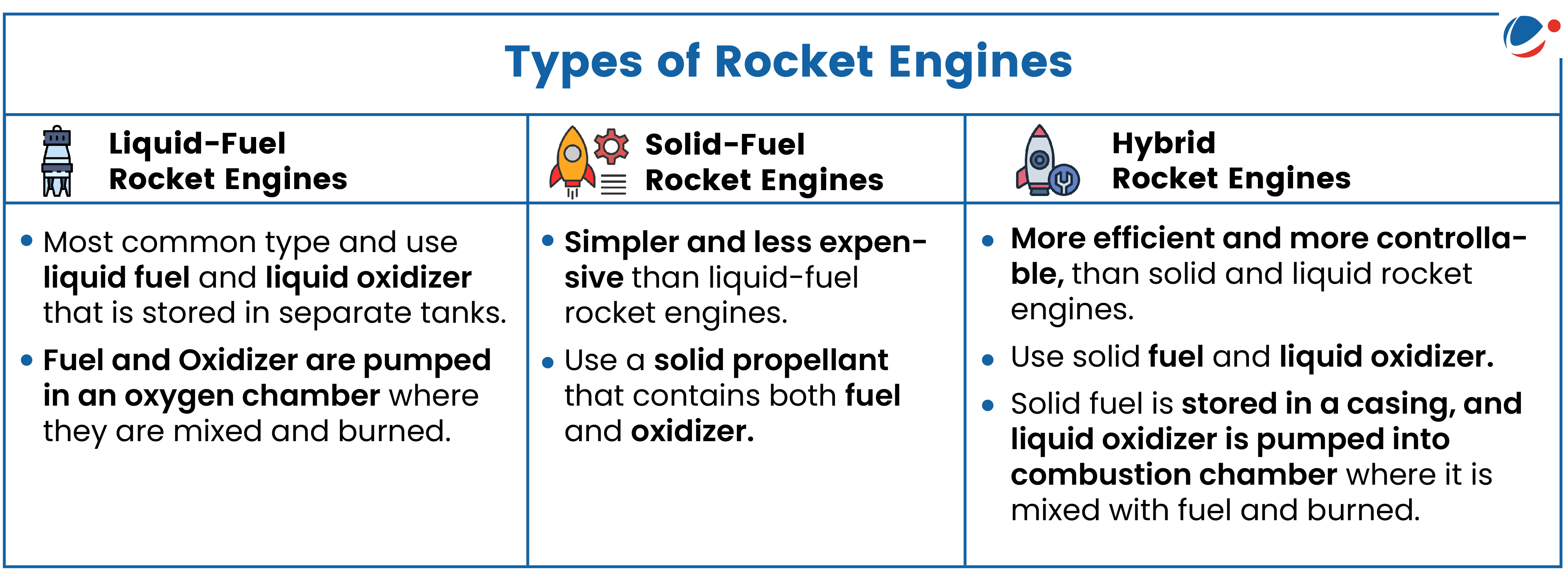ISRO successfully carried out demonstration of restarting its Vikas liquid engine at a test facility at Propulsion Complex, Mahendragiri.
- It is a step towards developing technologies for recovery of stages, leading to reusability in future launch vehicles which could substantially reduce cost of future space missions.
About Vikas (Vikram Ambalal Sarabhai) Engine
- It has been conceptualized and designed by ISRO’s Liquid Propulsion Systems Centre (LPSC).
- LPSC is centre for design, development and realisation of liquid propulsion stages for ISRO's Launch Vehicles.
- It is workhorse engine that powers liquid stages of ISRO’s launch vehicles.
- It improves payload capability of Polar Satellite Launch Vehicle (PSLV), Geosynchronous Launch Vehicle (GSLV) and GSLV Mk-III launch vehicles.
PSLV (Third generation launch vehicle)
- First Indian launch vehicle to be equipped with liquid stages.
- Four stage vehicle with multiple satellite launch capability and multiple orbit capability. Second and fourth stages are powered by liquid propulsion engines.
- Second stage is powered by a Vikas engine. It uses UDMH (Unsymmetrical Dimethyl Hydrazine) as fuel and Nitrogen tetroxide (N2O4) as oxidiser.
GSLV
- Three stage vehicle used to launch communication satellites in geo transfer orbit using cryogenic third stage.
- Its second stage is powered by Vikas engines.






